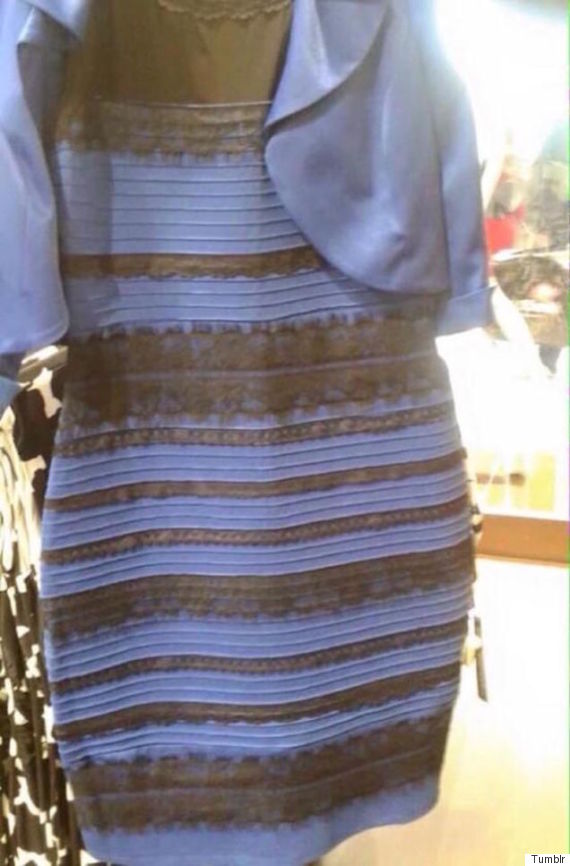After all of the chatter concerning the color of what is now called "TheDress," I got annoyed with what people termed "the science behind TheDress. They talked about cones and frequencies, but no one could suggest anything about the individual differences across people. I should probably have left it alone (this is not my area of research expertise), but I decided to take an informal poll on Facebook to see examine a few factors and see if they were related to the individual differences in seeing the colors of the dress.
Here are the questions that were posed:
- What color is the dress? - Black & Blue, White & Gold, Changing (I have seen it both ways)
- How old are you?
- What is your gender?
- What color are your eyes? - Blue or Green, Brown, Hazel
- How would you describe your mood when you first saw the dress? - very sad, a little sad, neither happy nor sad, somewhat happy, very happy
- Have you been prescribed corrective lenses? - yes or no
I received 52 responses! I used binomial logistical regressions to examine which of these factors increased the likelihood of an individual choosing one of the three options concerning the color of the dress. Controlling for the other factors, the most closely related of these variables was gender! Look at the table below.
These results suggested (the results of the logistic regressions, not just the graph) that those with blue/green or brown eyes were more likely to see the dress as either blue & black or white & gold, not changing from one to the other.
Due to the strong effects of gender, I was wondering if any of these factors were related to the propensity to be different from the majority of one's gender. This would involve seeing the black & blue dress for women and the white & gold dress for men. A logistic regression using the aforementioned factors suggested that age was an important predictor of this particular difference. As you can see below, the individuals who saw different colors than the majority of the genders tended to be the younger ones in the sample.



